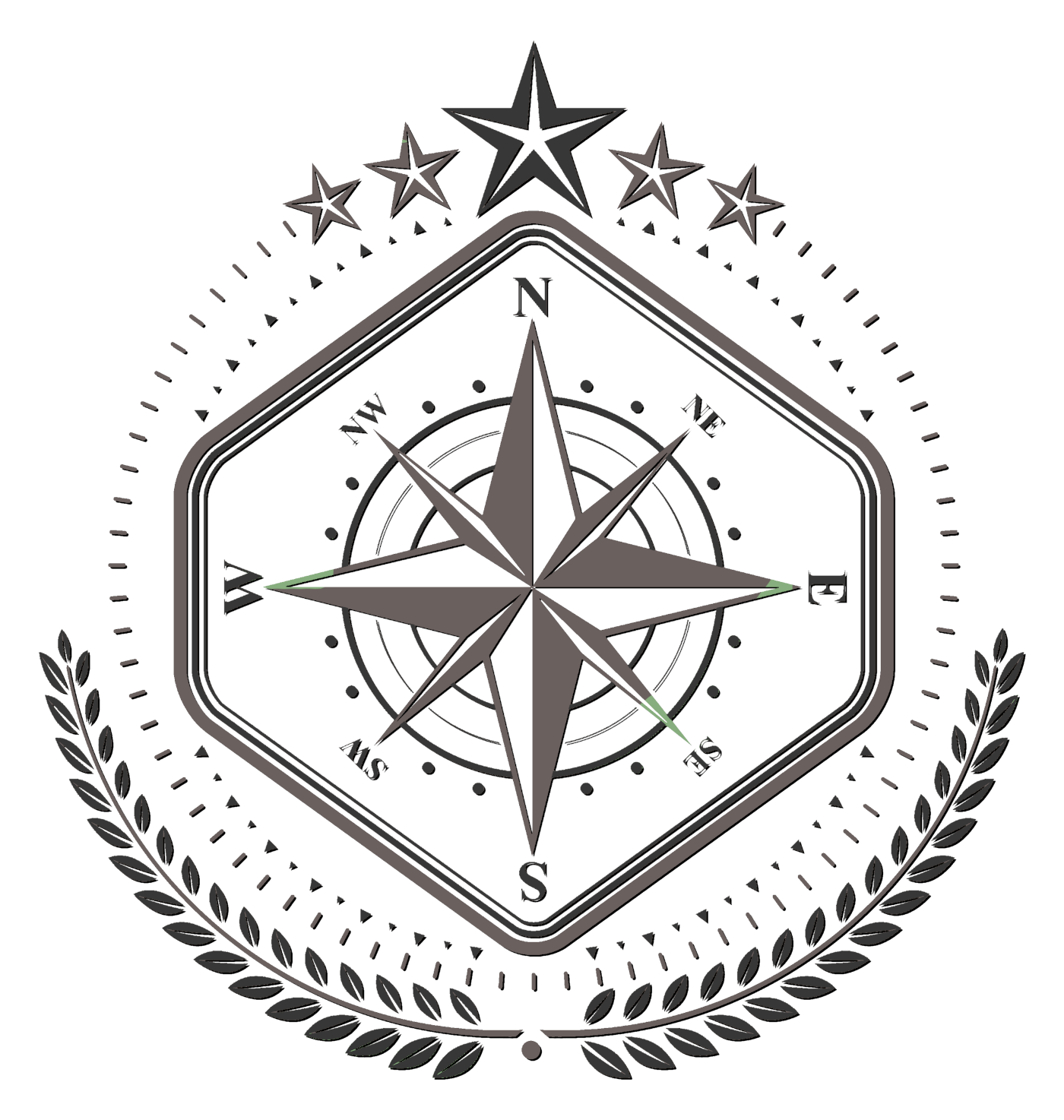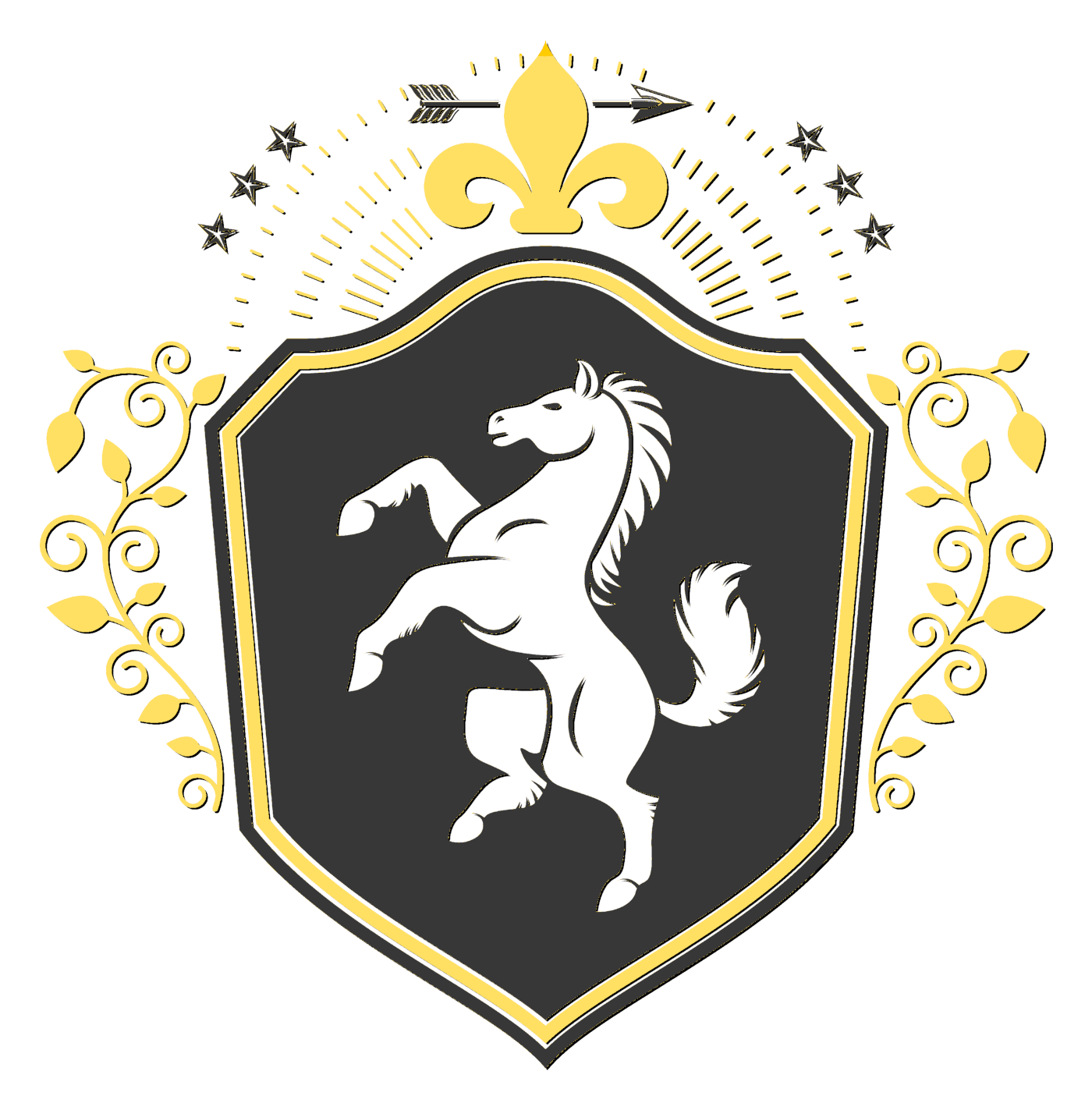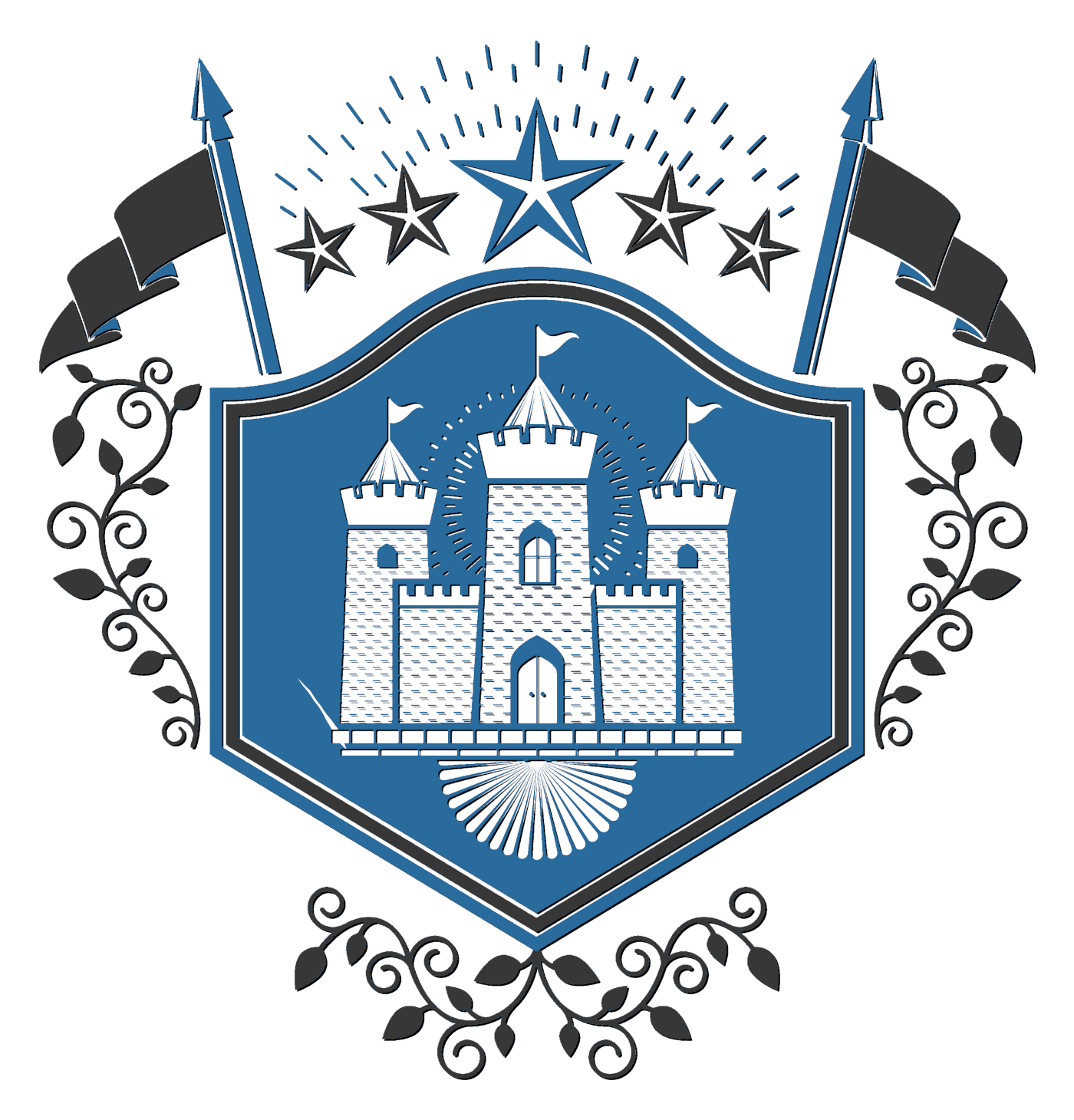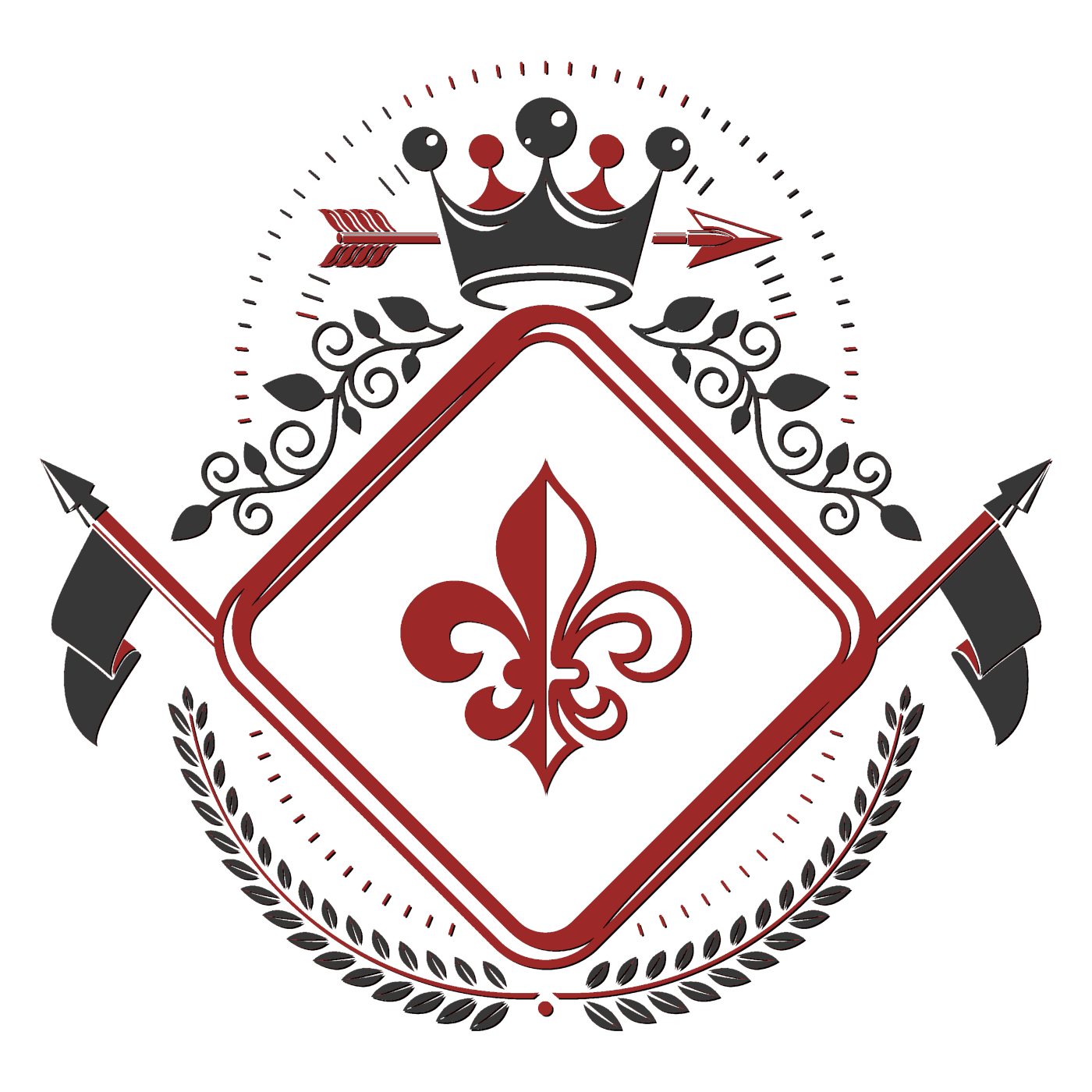Andorin wrote:
(1) I want to describe a certain horse in terms of how big it is and what it does. So how do these different breads look?
(2) Would a very large horse be faster because its gait (not sure it the term applies to horses) would be longer?
(3) Would a "shorter" stockier horse be better in a cavalry charge?
(4) What would be the biggest horse a normal person could ride?
(5) Would a lighter weight horse that is built more for endurance have a more slender build, and could such a horse be used in battle?
Yay! questions

(sorry for taking a bit to reply, I don't get on here much *grins*)
1. Are you asking how you would describe a horse? As in, what are key/important features that would be mentioned?
(if yes)
Natural strength that you don't have to work extra in order to keep. Mentally stable in the sense that they don't get spooked or excited easily (a calm horse). Good eyesight. Attentive and healthy. Strong feet (a horse with weak hooves is no good because they'll need extra attention in order to keep their feet healthy). Good temperament.
I could go into how each breed is slight different, but it'd be easier to look at pictures and note the differences...
DRAFT -- Thick neck, big solid head, large muscled shoulders and hips
FRIESIAN -- A little more refined, thinner neck, smaller shoulders, still strong
WARMBLOOD -- Definite shift in weight, thinner neck, less visible muscle, more refined and agile
THOROUGHBRED -- Similar to previous, staighter neck, more built-in power in shoulders and hips, flatter nose
ARABIAN -- Another weight change, curved neck, "dished" nose (the nose dips in between the eyes and nostrils), defined neck arching
2. Large horses aren't necessarily faster. In fact, many smaller, lighter (weight wise) horses are faster. Thoroughbreds are a medium weight horse and are fast because they have a great stride and because a jockey is so light they have freedom to really stretch out.
(NOTE: in horse terms, a gait is a pattern of hoof beats that defines a specific kind of speed - which varies from horse to horse. There are four general gaits: walk, trot/jog, canter/lope, gallop. Walk is, well, walking and is a four "beat" pattern. A trot is the next speed, it is a two beat pattern and tends to be quite bouncy - also varies depending on the horse - a jog is a slower, smoother version of a trot. A canter is another notch up and is a three beat gait. This is one of the smooth gaits a horse can have and most people define it as a rocking motion in the saddle. Last is the gallop which a horse's top speed and once again a four beat gait (as a side-note to a note, the invention of film was founded on a beat someone made about how at the gallop a horse will leave the ground completely. In order to test this, Leland Stanford hired a photographer to take pictures in quick succession. Result of his photos:
[click!])
3. Stockier yes. Shorter... not so much. It depends on the rider. If you're writing about horses in battle from a middle-ages point of view most of those horses were heavy horses. Shires and Belgians or a mix of heavy and medium weight horses to create fast, strong mounts for knights. Something to keep in mind when you have a cavalry charge is the fact that full metal armor weights a TON (like, seriously). Knights needed to use heavy horses because those were the only horses that could run with all the weight. A horse like an Arabian wouldn't even be able to stand up with a knight on its back.
4. *coughs* How big are you planning on making your horses? Size-wise, horses are measured in terms of "hands" up to the horse's withers (the top of their shoulder blades). One hand is equal to 4 inches (ponies tend to average at 13.5 hands high). Currently, the tallest horse in the world stands at 6'4" tall (
Guinness World Record page). There's really no limit to the size of the horse. The only thing you'll be limited by is the size of your saddle, your own body, and the temperament of the horse (I'd encourange you to look up the average height of whatever horse you end up using -- to keep from going over the top with how big your horses are).
5. Yes, lighter horses are, well, lighter. Their bones are lighter and more fragile (depending on breeding of course, you can breed stronger bones into a horse... breeding is an interesting thing all of its own). They wouldn't work well are mounts for your army. Perhaps as messenger horses though.
Well, that amounted to quite an answer... *grins* If you have more questions just post.




